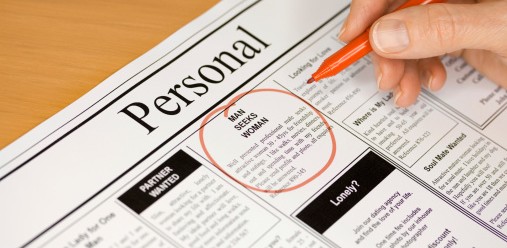Craiglist and HIV: Back to Basics
With the recent study released by the University of Minnesota linking Craigslist personals with an increase in reported HIV cases, it may be a good time to review this disease that has, in a way, fallen under the radar for many individuals. What is HIV? Where does it come from? How can you protect yourself? These are all questions that everyone should know how to answer.
What is HIV?
HIV is the initialism for human immunodeficiency virus. This virus is a type of retrovirus that causes AIDS, or acquired immunodeficiency syndrome. This disease causes progressive loss of immune system function, which can result in infections and cancers.
How does HIV damage the immune system?
HIV attacks certain immune system cells and directly or indirectly causes their death. When the number of these cells gets too low the individual loses cell-mediated immunity, which is a part of the immune response that does not use antibodies. Without cell-mediated immunity opportunistic infections can take hold.
What are the symptoms of HIV?
Many people with HIV aren’t even aware they have the virus. Symptoms generally appear about a month or two after infection, but they can be so mild that they go unnoticed. These symptoms include: fever, fatigue, diarrhea, coughing, weight loss, shortness of breath, and swollen lymph nodes. The swollen lymph nodes are often the first signs of HIV infection. Some people describe it as “the worst flu ever.”
Without treatment HIV will progress and symptoms may include shaking chills, fever, night sweats, lesions of the tongue and mouth, blurred vision, and skin rashes. Over time cancers and opportunistic infections will develop and will be the cause of death if untreated.
How does someone contract HIV?
HIV can be spread through unprotected sexual intercourse (oral, anal, or vaginal), through blood transfusions (US hospitals screen for HIV to prevent this), sharing contaminated needles, and through pregnancy or breast-feeding. The virus is present in blood, semen, vaginal fluid, pre-ejaculate, and breast milk.
When does HIV become classified as AIDS?
The current standard for diagnosing AIDS is: a positive HIV test along with a CD4 cell count below 200, AND the presence of an AIDS-defining complication. This complication can be a disease like pneumocystosis, tuberculosis, toxoplasmosis, or many others.
How is HIV treated?
There is no cure for HIV or AIDS, but many drugs can be used to manage symptoms. Physicians usually prescribe multiple different types of medication to avoid developing HIV strains that are immune to single drugs. Treatment involves taking multiple pills at certain times every day for the rest of the patient’s life. These drugs can in turn cause their own side effects and if other health issues are present they may interfere with the individual’s ability to tolerate treatment.
Treatment can help a person life a normal life span, but without treatment life-expectancy is only 3 years.
How can I protect myself from HIV?
There is no vaccine available for HIV, but there are other methods you can use to protect yourself. The biggest way you can protect yourself is to use a new condom every time you have sexual intercourse (either vaginal or anal) and use a dental dam during oral sex. There is a drug called Truvada that MAY reduce the risk of sexually transmitted HIV if you are a high-risk individual (have unprotected sex, use IV drugs, are an uncircumcised male, or have another sexually transmitted disease.)
You should also use a new, clean needle every time if you are injecting drugs. There are needle-exchange programs available in many communities that you can use. Even better – seek help for your drug use.
If you are HIV-positive be sure to inform your sexual partners. If you become pregnant you need to speak to your doctor immediately about treatment to reduce the chance of passing the disease on to your baby.

